List of the main methods used in our laboratory.
Working with plant material
- Model organisms
- Tobacco (Nicotiana tabacum) cell lines BY-2
- Arabidopsis thaliana
- Solanum tuberosum
- Carnivorous plants
- Methods
- cultivation and maintenance of plants/cell cultures
- protoplast formation
- transformation by agrobacterium (floral-dip, leaf infiltration, coculture with cell line)
- transformation with PEG (Polyethylene glycol)
- Hybridization of Sarracenia, Nepenthes, Pinguicula, sexing of Nepenthes
Work with bacteria
- cultivation of E. coli and A. thumefacience
- transformation(elektroporation, heat-shock)
Molecular biological methods
- cloning: classic or GoldenGate/GoldenBraid cloning systems
- DNA/RNA isolation, PCR, RT-qPCR, electrophoresis,...
- library preparation for Next-generation sequencing (NGS), Sanger-sequencing
- blotting (Western, Northern, Southern)
- Co-immunoprecipitation coupled to mass spectrometry (Co-IP + MS/MS)
- Chromatin immunoprecipitation (ChIP)
- Determination of enzyme activity
- Analysis of small RNA (sRNA), transcriptomes (RNA-seq), whole genome sequencing (WGS) -> Next-generation sequencing (NGS) data processing
CRISPR/Cas methods
- identification of target sites, sgRNA design
Fluorescence microscopy
- working with a "conventional" fluorescence microscope
- working with a confocal microscope
Cytometry
Computational methods
- working with data -> Excel, Python, Bash
- work with DNA/RNA/proteins in situ -> Geneious
- work with image data -> ImageJ
- work with cytometric data -> FlowJo
- working with CRISPR mutagenesis data -> Geneious, CRISPResso2, Python
- online tools -> NCBI, TAIR
Introducing
- SunTag methods (introducing)
- Modification by Bridge method (planned, was released in 2024)





















